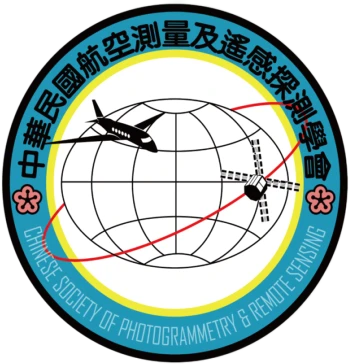In this paper, we compared image fusion of optical and radar images by pixel-level image fusion based on Principle Component Analysis (PCA), and feature-level image fusion based on Dempster-Shafer evidence theory. We combined the HV polarization information from SAR and spectral characteristic from SPOT images in an effort to enhance land cover classification. Before the fusion process, wavelet transform was first applied to denoise the SAR image which suffers from speckle contamination due to coherent process. PCA method is then used to fuse the SPOT and SAR images. In so doing, the PC-1 component is replaced by SAR image (approximation image, after wavelet transform) and then the inverse transform is followed. At last, the maximum likelihood classifier was used for both SPOT-XS images and fusion images. In feature-level case, fully polarization information from SAR is used to combine with spectral characteristic from SPOT images, mainly to enhance land cover classification as well. Speckle noise was removed by Lee filter, followed by the maximum likelihood classifier based on different distribution was used for SAR and SPOT images (Based on Wishart distribution and multivariate Gaussian distribution respectively), to extract the conditional probability of each pixel for each class. Finally, Dempster-Shafer evidence theory is then applied, to combine the classified results of SAR and SPOT data. Experimental results show that the classification accuracy is dramatically improved by effective image fusion of SPOT and SAR data. Excellent results were obtained by the proposed method.

